Characteristics of Thigh Rash
Many people, especially those who are obese, tend to suffer from thigh rashes affecting mostly the places where their skin is folded. This is due to the lack of light, excessive heat, and moisture, as well as the absence of air.
All these conditions present excellent conditions for the development of inflammations caused either by some less serious cases like friction between different skin layers, or some more dire situations like bacterial, viral, or fungal infections which take place once the inflammation gets exposed to sweat, dirt or other carriers of harmful microorganisms. Either way, thigh rashes are highly unpleasant, causing itching, irritation, discomfort, and even pain.
These occurrences escalate during the summer months, since, then, people sweat and get exposed to heat even more. Besides obese people, diabetics belong to the endangered group as well.
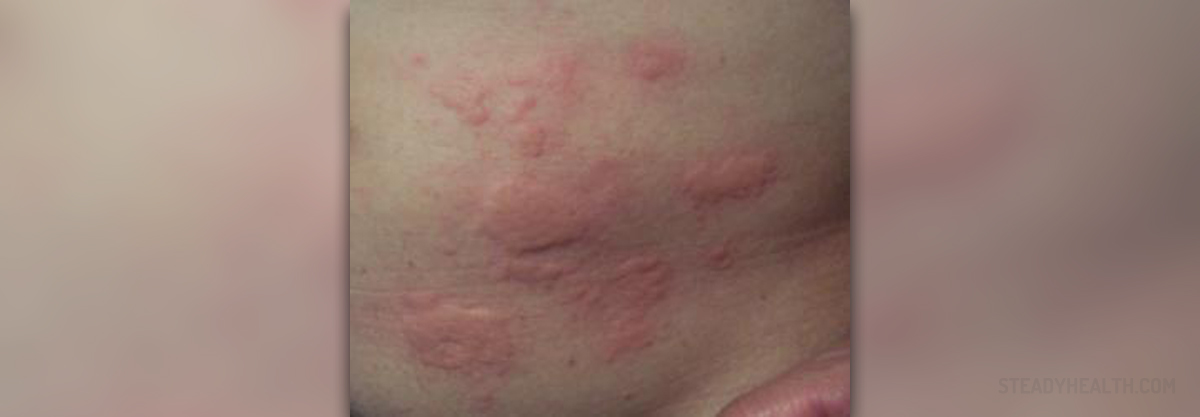
- Patients with a history of dermatological, rheumatological or occupational skin disorders were excluded. Of the 2056 patients selected, the most common morphologies were chilblain-like lesions (54.2%), maculopapular (13.6%) and urticaria (8.3%).
- Chilblain-like lesions were more frequent in the younger population (mean age 21.5, standard deviation ± 10.8) and were strongly linked with milder disease, not requiring an admission (odds ratio [OR] 35.36 [95% confidence interval {CI} 23.58, 53.03]).
- Conversely, acro-ischaemia and livedo reticularis were associated with worse outcomes, including a need for ICU (OR 34.01 [95% CI 16.62, 69.57] and OR 5.57 [95% CI 3.02, 10.30], respectively) and mortality (OR 25.66 [95% CI 10.83, 60.79] and OR 10.71 [95% CI 4.76, 24.13], respectively).
- Acral lesions were the most common site (83.5%). 35.1% experienced pruritus, 16.4% had pain and 4.7% reported a burning sensation. 34.1% had asymptomatic lesions. Rash was the only symptom in 20.9% and occurred before or alongside systemic symptoms in 12.4%. 28.3% had a positive polymerase chain reaction nasopharyngeal swab and 5.4% had positive antibodies, while 21.9% tested negative and 45.1% were not tested.
How to Treat Thigh Rashes at Home?
First and foremost, proper hygiene is an absolute must. Thus, make sure you keep your thighs, and the rest of your body skin, clean and disinfected at all times. Use antibacterial soaps when you wash, and make sure you clean the areas thoroughly, patting them dry with a clean towel afterward.
During the summer months, you might need to take warm showers several times each day, keeping your body clear of harmful microorganisms, sweat, and dirt. Besides using your clean towels, you should wear clean clothes, wash regularly and properly, and not share clothes with anyone else.
Speaking of clothes, make sure you wear those made from natural fibers. These will allow your skin to breathe and remain dry for a longer time, minimizing chances for any skin irritations since cotton is gentle on the skin.
If you do experience rashes, treat them as soon as possible. You might opt for anti-fungal, antibacterial, or other antiseptic skin products, including creams, sprays, etc. Alternatively, talcum powder will keep your problematic skin parts dry and less prone to irritation, providing relief in any case of rashes.
Finally, even though all the pieces of advice mentioned above may help, losing weight is the best solution, since; often this is one of the main causes of thigh rashes. Thus, give your best to change your eating habits and introduce physical exercises into your life. This will result in more calories burnt and a decrease in weight, reducing these kinds of problems significantly.
Nevertheless, if your rashes seem to be spreading, and you cannot cope with their occurrences and irritation, make sure you seek medical assistance as soon as possible.
- www.nhs.uk/conditions/rashes-babies-and-children/
- www.nhs.uk/conditions/henoch-schonlein-purpura-hsp/
- Photo courtesy of Enochlau by Wikimedia Commons: commons.wikimedia.org/wiki/File:Rash.jpg




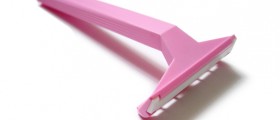
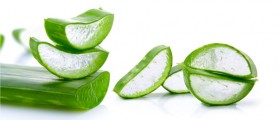
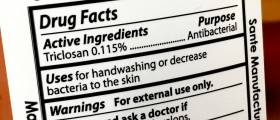
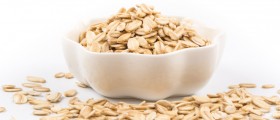
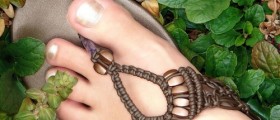

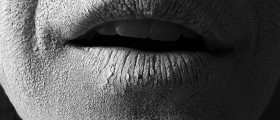
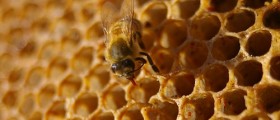
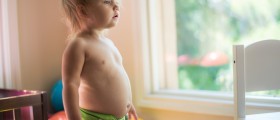

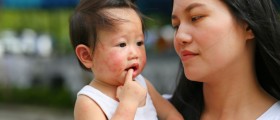


Your thoughts on this
Loading...